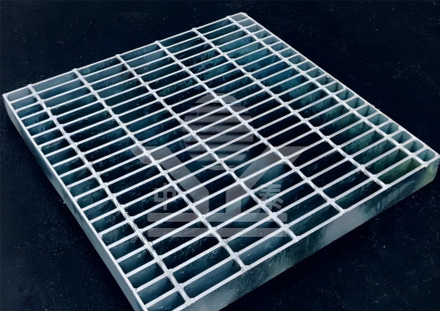Temporary Snow Fence An Essential Tool for Winter Management
As winter approaches, many regions are faced with the challenge of managing snow accumulation and its effects on the environment and infrastructure. One effective solution that has gained popularity is the use of temporary snow fences. These fences are designed to mitigate snow drifting, protect roads and properties, and enhance safety during the winter months.
A temporary snow fence typically consists of lightweight materials such as plastic, wood, or fabric, which are easy to install and remove as the seasons change. These structures are strategically placed in areas where snow accumulation poses significant risks, such as highways, driveways, and buildings. The primary purpose of a snow fence is to control the wind movement and redirect snow to specific areas, thereby preventing large drifts from forming in unwanted locations.
One of the main advantages of using temporary snow fences is their ability to reduce snow accumulation in critical areas. For instance, highways often experience significant snowdrifts, which can create hazardous driving conditions. By erecting a snow fence adjacent to the roadway, snow can be redirected away, keeping the roads clearer and safer for drivers. This not only enhances public safety but also reduces the costs associated with snow removal operations.
Another significant benefit of temporary snow fences is their contribution to improving visibility and access. In many instances, snow can accumulate in areas that obstruct visibility for drivers, such as intersections and pedestrian crossings. A properly placed snow fence can help maintain clear sightlines, allowing for safer navigation through these potentially dangerous areas. Furthermore, they can protect entrances and exits to businesses, homes, and parking lots, ensuring that access remains manageable even during heavy snowfall.
temporary snow fence

In addition to their practical applications, temporary snow fences can also play a role in environmental protection. In many landscapes, especially in rural areas, snow accumulation can lead to increased soil erosion when the snow melts. By controlling where and how snow accumulates, these fences can help minimize this erosion, thus protecting the integrity of the local ecosystem. Moreover, they can assist in managing snowmelt runoff, reducing the risk of flooding in low-lying areas when the snow begins to thaw.
The installation of temporary snow fences is typically straightforward and can be accomplished with minimal equipment. They can be erected in a variety of configurations depending on local conditions. For instance, a simpler approach may involve installing vertical panels, while a more sophisticated solution might incorporate angled fences that direct snow flow more effectively. Either way, the ease of installation and removal means that towns and municipalities can adapt quickly to changing weather patterns without significant disruptions.
In terms of cost-effectiveness, temporary snow fences are relatively affordable compared to permanent solutions. This makes them an attractive option for municipalities that may not have the budget for extensive infrastructure modifications. Additionally, their temporary nature allows for flexibility; as climates change and new weather patterns emerge, so too can the strategies for snow management.
However, the effectiveness of temporary snow fences relies heavily on proper placement and maintenance. Before installation, it is essential to assess the prevailing wind patterns, topography, and historical snowfall amounts in the area to determine the best locations for these fences. Regular inspections during the winter season are also critical to ensure that the fences remain intact and effective, as heavy snow and shifting winds can displace or damage them over time.
In conclusion, temporary snow fences are an invaluable tool for managing winter snow in a variety of settings. With their ability to reduce snow accumulation, improve safety, protect the environment, and provide a cost-effective solution for municipalities, they play a crucial role in winter management strategies. As we continue to face the challenges posed by snow and ice, embracing such adaptive solutions will be essential for maintaining safe and accessible environments during the winter months. Whether you are a homeowner, a business owner, or a municipal official, considering the implementation of temporary snow fences could give you the peace of mind needed to navigate the winter season with confidence.
-
Why Galvanized Trench Cover Steel Grating Resists Corrosion
NewsJul.10,2025
-
The Versatility and Strength of Stainless Expanded Metal Mesh
NewsJul.10,2025
-
Load Calculations in Steel Grating Platforms
NewsJul.10,2025
-
Keeping Pets and Kids Safe with Chicken Wire Deck Railing
NewsJul.10,2025
-
Hole Diameter and Pitch for Round Perforated Metal Sheets
NewsJul.10,2025
-
Aluminium Diamond Mesh in Modern Architecture
NewsJul.10,2025
Subscribe now!
Stay up to date with the latest on Fry Steeland industry news.

